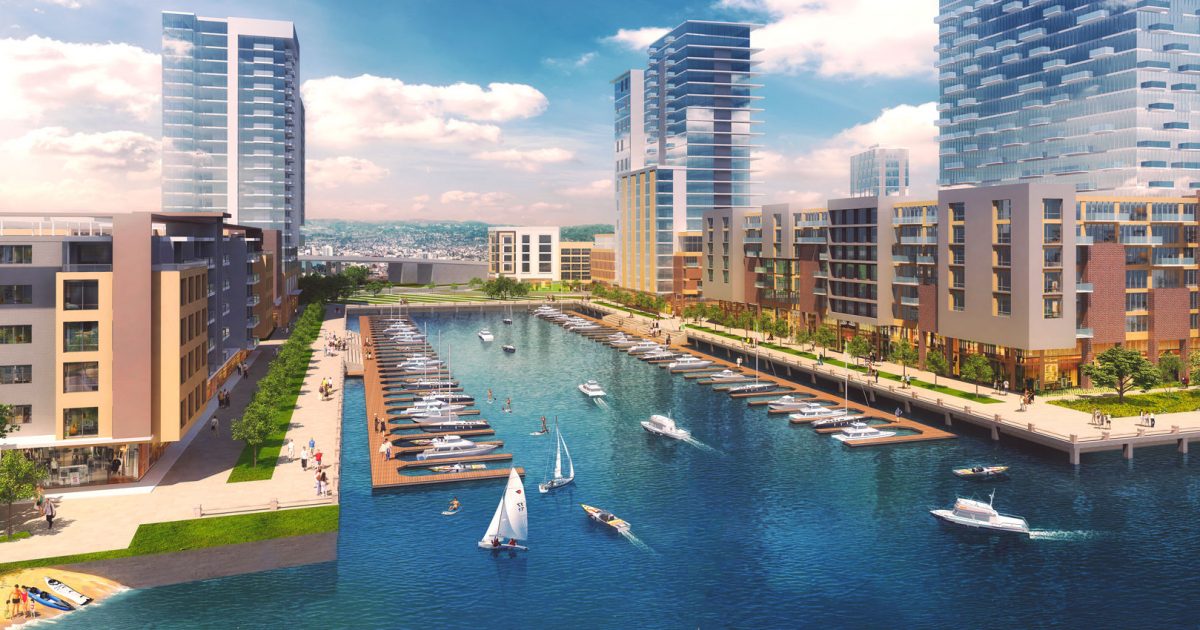ENGEO has been performing geotechnical engineering and stormwater consultation for the redevelopment of 65 acres of former Port of Oakland land adjacent to the Oakland Estuary since 2011. The project consists of an environmentally sustainable, mixed-use urban master planned development with 3,100 residential units; 200,000 square feet of retail and commercial space; and 30 acres of parks, public trails and open space, new marinas, and renewed wetlands. The project is entitled for a combination of low-, mid-, and high-rise construction and includes reusing a historic wharf structure founded on a combination of wood and concrete piles.

The geotechnical project challenges include high seismicity, liquefiable sand, soft Bay deposits, and shoreline stability. ENGEO worked with the project team to develop geotechnical solutions for these hazards. The focus of this article is on the high seismicity and the development of ground-motion criteria for the design of structures at the site.

The project site is located approximately 4 miles from the Hayward Fault, which results in a significant ground shaking hazard. Furthermore, when the 2019 California Building Code (CBC) came into effect in January of 2020. The prescriptive “general” seismic design parameters in the 2019 CBC were significantly higher than previous versions of the CBC. This led to significant cost impacts for future structures at the site. For this reason, it became clear that a more sophisticated approach was required to develop the seismic design criteria for future development.
Design ground-motion levels can be estimated from “site-specific” approaches. However, the most common “site-specific” approach for developing design ground-motions, which is referred to as ergodic seismic-hazard analysis (SHA), is not actually site specific. Ergodic SHA assumes that global averages from large databases of ground motions from around the world are applicable at a particular site of interest. This assumption is not correct and, consequently, requires that significant uncertainty be considered in the calculations. Given the limitations of ergodic SHA, ENGEO elected to perform more sophisticated analyses to develop the design ground motions at the site.
ENGEO performed a site-wide non-ergodic seismic-hazard analysis (SHA) for the development. Non-ergodic SHA involves both evaluating historical ground motions recorded at or near the site and simulating the response of the site to various ground-motion levels. ENGEO identified two suitable ground-motion recording stations to support the analysis. Furthermore, ENGEO hired a specialized contractor to perform extensive geophysical testing at the site to support the simulations. The resulting seismic design parameters were up to 25 percent lower than the prescriptive building code values and 15 percent lower than the traditional (ergodic) SHA results. This translated to significant cost savings for future development at the site.